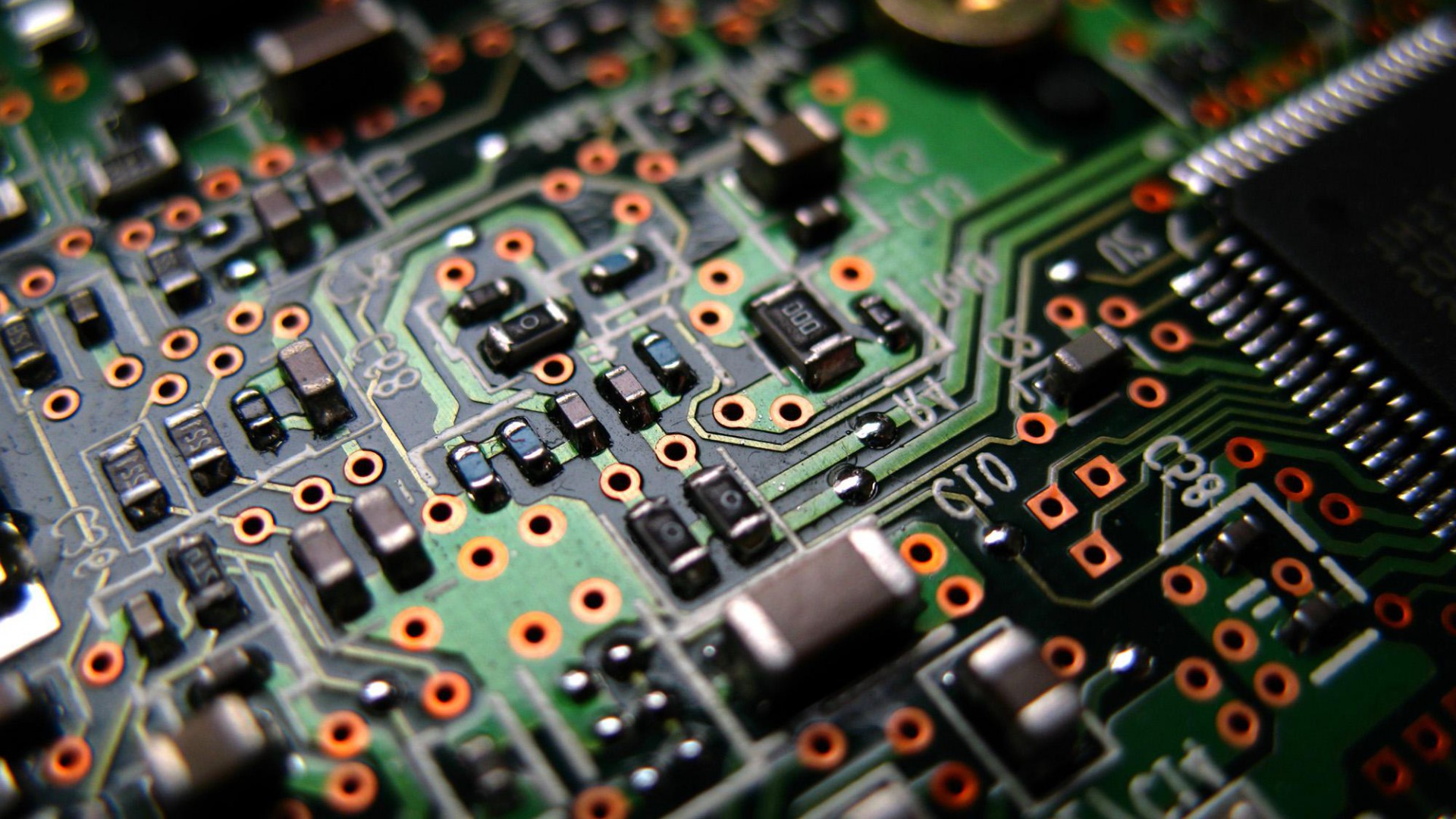Installing ROMS
Once the image is written to the SD card, take it out of your reader and put it back in. You will see a new drive called boot. Put your ROM in the following directory on this drive:
/boot/emu/roms
If multiple ROMs are found, only the one with the most recent modified date will be started.
This version uses MAME romset version 0.106. Please ensure that is what you use.
Troubleshooting
The image boots blind without any info messages, and goes directly into the game. Watch the lights on the Raspberry Pi to ensure it is booting. You should see the red LED stay on constantly and the green LED flash during activity. If the red LED doesn’t stay on fully, please check your voltage and set your power supply to 5.1V. Do this also if you see under voltage errors appear on the screen while the Pi is booting.
If the green LED flashes but nothing comes up after about 40 seconds, check boot messages on TTY3 by pressing CTRL-ALT-F3 as the Pi is booting.
About halfway through the boot process, the COMM LED on the PJ adapter will start to blink slower. This indicates that the rasbian drivers for PJ have been loaded and the Pi is communicating with the PJ adapter.
If the Pi boots to a login prompt (check by looking at TTY3), but doesn’t launch the game, log in (username: pi, password: raspberry) and check the logs in the launch directory as follows:
cd salaunch more launch.log
Most likely the problem will be with the ROM set either missing or not compatible with this release.
Release Notes
0.9 Beta (Raspbian Lite Buster)
Works well for arcade emulation using an older version of MAME that is efficient and has added functionality for CRTs and advanced scaling option. All Raspberry Pi models are supported on a single image.
This version sets the video resolution to the native resolution of the video game before the MAME executable is started. If the mode cannot be set, scaling will be used without any filtering or smoothing. The emulator will detect whether the game is vertical and rotate the screen accordingly.
Emulation Speed and Quality
Many early 80’s and late games are ok to play on a Pi1 and Pi Zero. With a Pi2 most 80’s games run fine. With a Pi3 quite a few newer games run well. Pi4 is the fastest in terms of CPU speed but suffers from occasional stutter.
